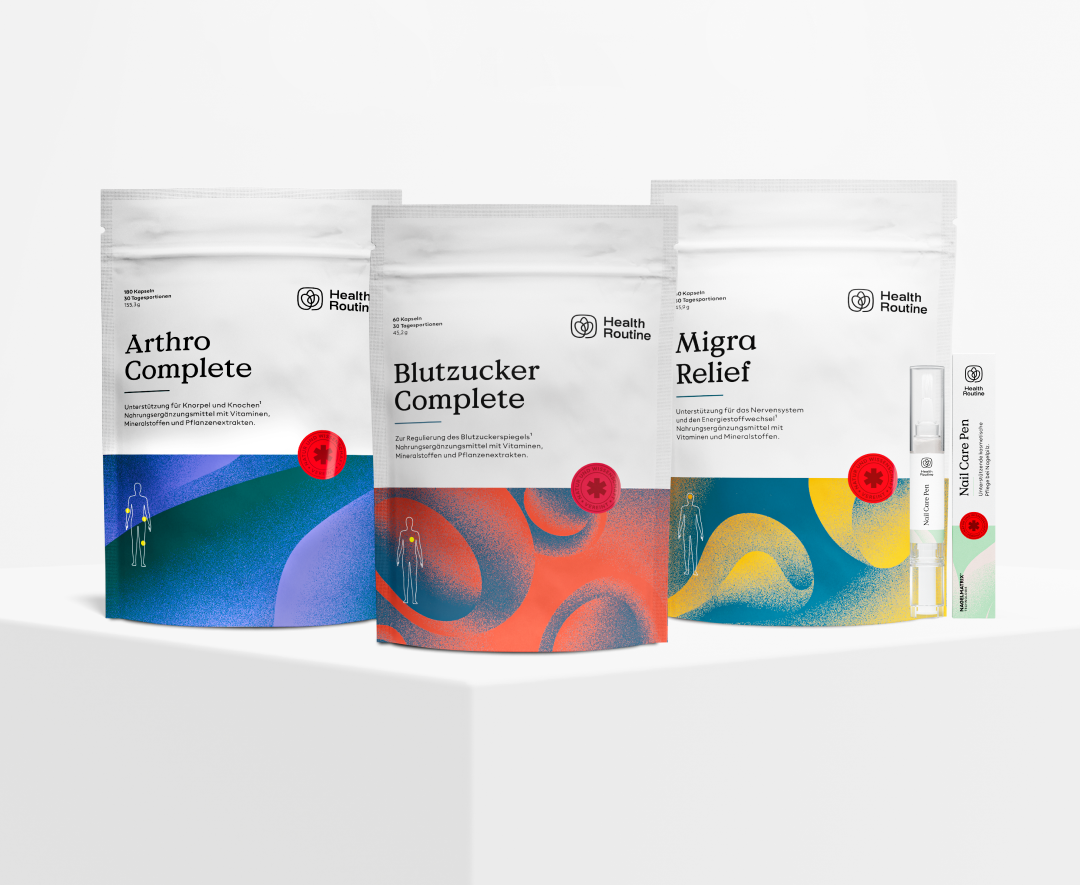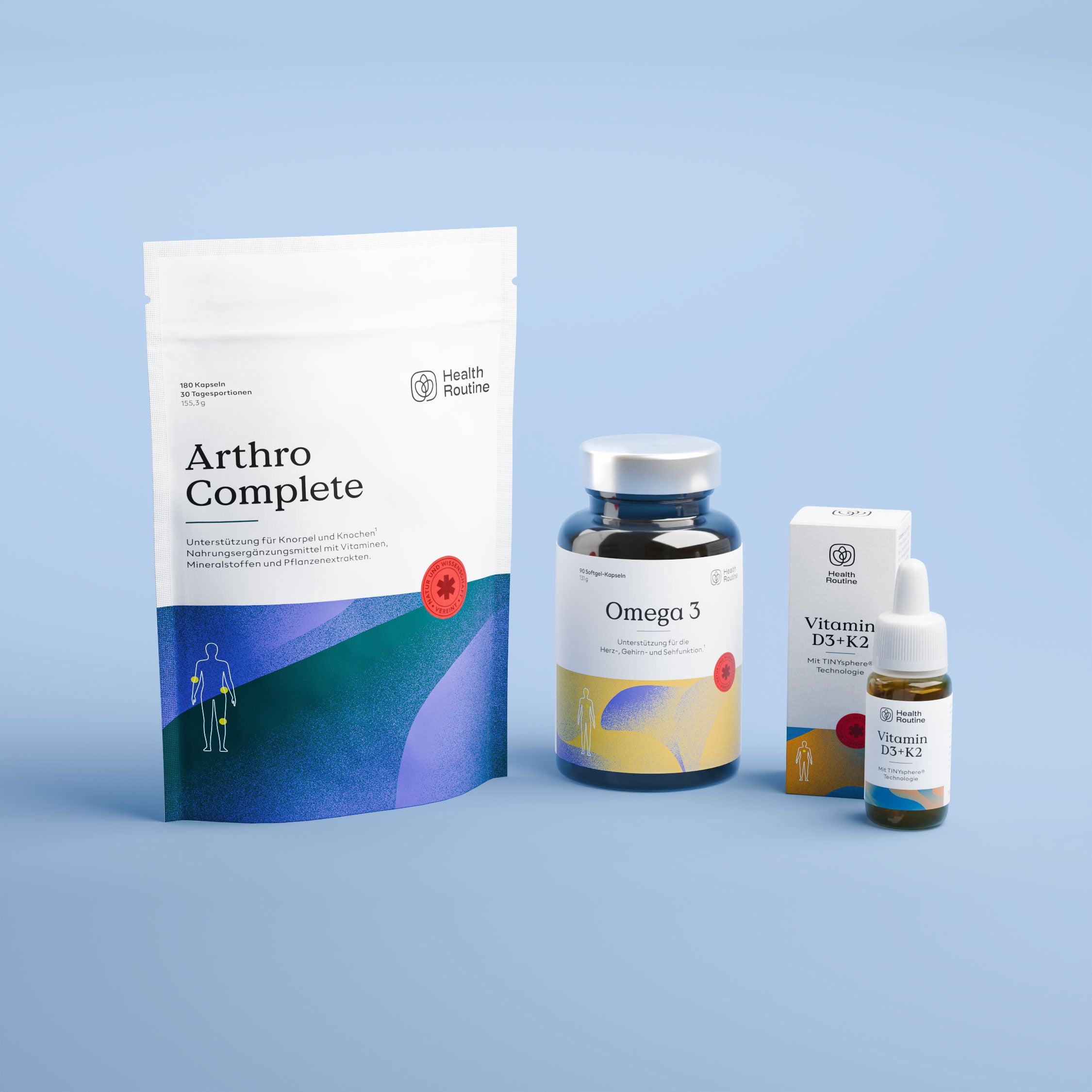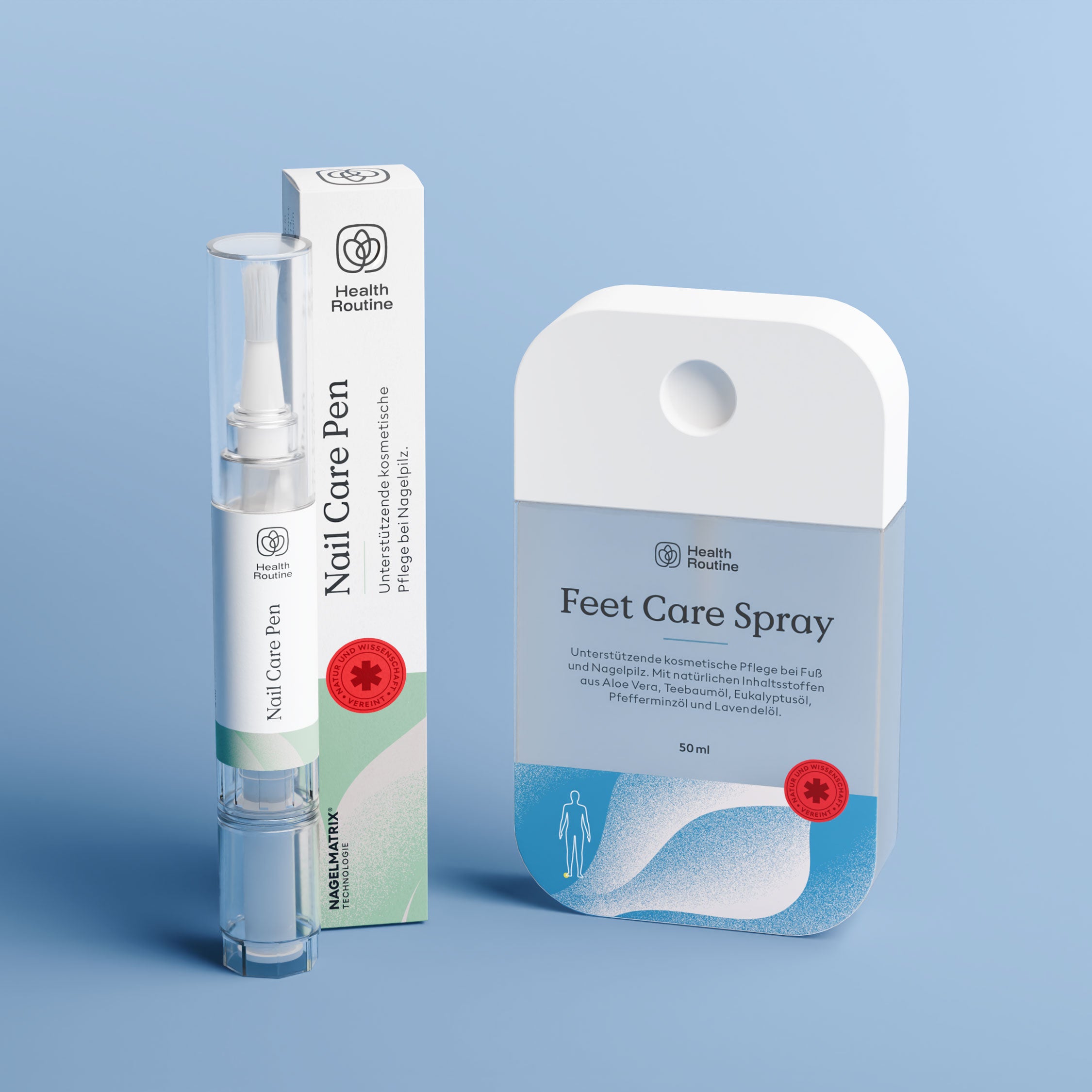The most important information at a glance
-
Calluses form as a natural protective reaction of the skin – especially under pressure or friction.
-
Regular care with foot baths, a file and moisturizing care supports a pleasant skin feeling.
-
Important: Do not remove too much – the cornea serves a protective function.
How does a cornea develop? All the facts at a glance!
Calluses primarily form as a protective mechanism of your body . It's an attempt to protect you from external influences, such as strong pressure or friction that could lead to injuries . To prevent this, your body thickens the corresponding areas of skin . That's the theory.
But what exactly causes calluses to form? After all, you wear shoes most of the time. That's the crux of the matter.
When your feet are confined in poorly fitting shoes for extended periods, friction and pressure develop . This is one reason for the formation of calluses .
Another common reason is a lack of skin moisture . The upper layers of skin , the epidermis, in particular, quickly become dry and cracked .
To prevent bacteria from penetrating , your body simply applies a natural plaster: the cornea .
Expert tip: Calluses can also be caused by pelvic tilt and back problems. For example, if you are unable to roll your feet properly when walking for medical reasons, this is also a possible cause of calluses on your feet.
Metabolic disorders and strong detoxification reactions can also contribute to increased corneal formation .
Is a callus really useful or simply a nuisance?
As you know, calluses can be caused by various factors . However, calluses on the feet always have one common cause:
Your body wants to protect you. Therefore, calluses are actually very useful. However, in the long run, calluses can hinder your walking and cause pain .
Especially if calluses only form on one foot , you will unconsciously adopt a protective posture . This almost inevitably leads to back pain .
How to effectively remove calluses: A step-by-step guide
"What helps against calluses?" Many sufferers rightly ask themselves this question. With the following instructions , you can easily remove calluses .
Please absolutely avoid using the often-touted callus shaver . This poses a serious risk of injury. Instead, rely on the following treatment steps to achieve lasting results:
1. A foot bath for callus removal
The first step in holistic treatment is to soften the calluses. This makes them easier to remove. For a foot bath to combat calluses, you will need a bowl, warm water, a towel, and good foot bath salts .
Our foot bath salt from Health Routine can be your perfect companion for velvety soft feet.
The purely natural composition with
- Sea salt,
- Baking soda,
- Magnesium sulfate
- and essential oils form the basis for an optimal foot bath against calluses.
Perform the foot bath for approximately 10 minutes with water at approximately 36-38 degrees Celsius .
If you would like to learn more about the beneficial properties of a foot bath , we recommend our guide: Foot bath with salt – benefits & expert tips at a glance .
2. Getting rid of calluses: Pumice stone or scrub?
After your foot bath , you should first dry your feet thoroughly . This will make it easier to remove calluses . You can achieve quick results with a pumice stone or a callus file . Be careful not to apply too much pressure to avoid injury.
Expert advice: Peeling is not really suitable for removing thick calluses.
3. Care for the skin by applying cream correctly.
After you have successfully removed the calluses on your feet, your skin will appreciate some extra care . This will also help protect your feet from the formation of new calluses.
Use a rich moisturizing cream or our innovative Feet Care Spray .
The formula with nourishing aloe vera and essential oils provides your skin with soothing moisture and ensures a velvety soft skin feeling.
4. Targeted treatment of problem areas of the skin
You can also treat particularly thick layers of calluses . Use a rich moisturizing cream containing urea . Apply it to the problem areas and leave it on overnight .
To keep the cream in place, we recommend wearing comfortable socks. This will also protect your bedding.
How often should you remove calluses?
Since the cornea serves a natural protective function, it should only be removed when necessary – for example, if it has become too thick. Most people choose a four- to five-week cycle for this.
Corneal removal: How much is too much?
If you want to remove calluses from your feet, you should be careful not to remove too much of the hardened layer . This can lead to injuries.
On the other hand, you'll actually stimulate the production of calluses. After all, they have an important function for your body. That's why it's important to leave a thin layer.
How to properly remove calluses: Here's what you should pay attention to
The following checklist will help you remove calluses correctly without injuring your feet:
- Proceed in small steps. When in doubt, always remember: it's better to remove too little than too much callus.
- Use a pumice stone or a foot file. Apply both to dry skin after a foot bath.
- If you are unsure, first consult a professional podiatrist. Have them show you how much callus should remain.
Avoiding calluses: the best prevention methods
To prevent calluses on your feet in the long term , you can establish a foot care routine . Dry skin, in particular , contributes significantly to callus formation . To counteract this, you should regularly moisturize or spray your feet.
Ideally, use our Feet Care Spray after every shower or bath . This lays the foundation for well-groomed feet. Also, make sure you wear appropriate footwear to prevent pressure or friction on your feet.
5 expert tips for optimal foot care
Optimal foot care doesn't require a lot of money or time. If you integrate the following points into your daily routine , you can improve your foot health. Sustainable foot care :
🌿 Wash your feet daily and treat them to gentle care, such as with the rich foot spray . This will optimally help protect against calluses, athlete's foot, and nail fungus.
🌿 Take a weekly foot bath with salt .
🌿 Don't see foot care as a necessary evil, but as valuable time for yourself and your body. This way, the pampering becomes twice as enjoyable.
🌿 Take your time to remove the calluses. Don't remove too much of the hardened skin; instead, repeat the treatment with a callus file or pumice stone.
🌿 Don't forget your nail care. Our micro-fine glass file allows you to gently and effectively trim your toenails. The extra-fine tip helps to naturally seal the nail edge and provides additional protection against splitting.
Conclusion
Removing calluses takes a little practice at first. But with our comprehensive expert tips, nothing stands in the way of your own foot care from now on. Especially if your feet hurt under a thick layer of calluses, it's high time to tackle the problem.
However, be careful not to remove too much of the callus, as it also serves an important purpose: protecting your feet from injuries and unwanted invaders.
Treating your feet to a weekly foot bath with soothing foot bath salts makes an important contribution to minimizing callus formation.
Regular application of cream or spray with Feet Care Spray also contributes significantly to well-groomed feet.
FAQ
What factors promote corneal growth?
Besides dry skin and warm, dry air from heating systems in winter, other factors promote the formation of calluses. In addition to age, genetic predisposition and medical conditions play a particularly important role.
In particular, psoriasis and neurodermatitis are generally associated with dry skin and can contribute to the formation of calluses.
Plane and scissors: Why not cut off calluses?
You should not use either a plane or scissors to remove calluses. Both tools pose a significant risk of injury.
Can you remove calluses with baking soda?
Baking soda is considered a home remedy for removing calluses. It's rubbed onto the feet as a scrub. Whether this method is successful depends largely on the thickness of the calluses.
It's definitely worth a try. However, it's recommended to take a foot bath beforehand to soften the calluses.
🌿 Discover more guides from Health Routine now:
- Wellness for your feet » The best tips for relaxation
- Ingrown toenail » Causes & Treatments
- Psoriatic nails: Signs, treatment & care
- Treating sweaty feet: All causes | 8 expert tips
Your medical advice
Our products are not intended to diagnose, treat, cure, or prevent any disease. The information provided in this article is for informational purposes only and is not intended to replace consultation with your doctor or other healthcare professional.
Furthermore, our products are not a substitute for medication or other treatments prescribed by your doctor or healthcare provider. Despite exercising due diligence, no liability or warranty is assumed for the
- Accuracy,
- Timeliness,
- completeness
- and availability of the information provided.
No legal claims can be made for any potential damages arising from the use of this information. Liability claims of any kind are excluded.












